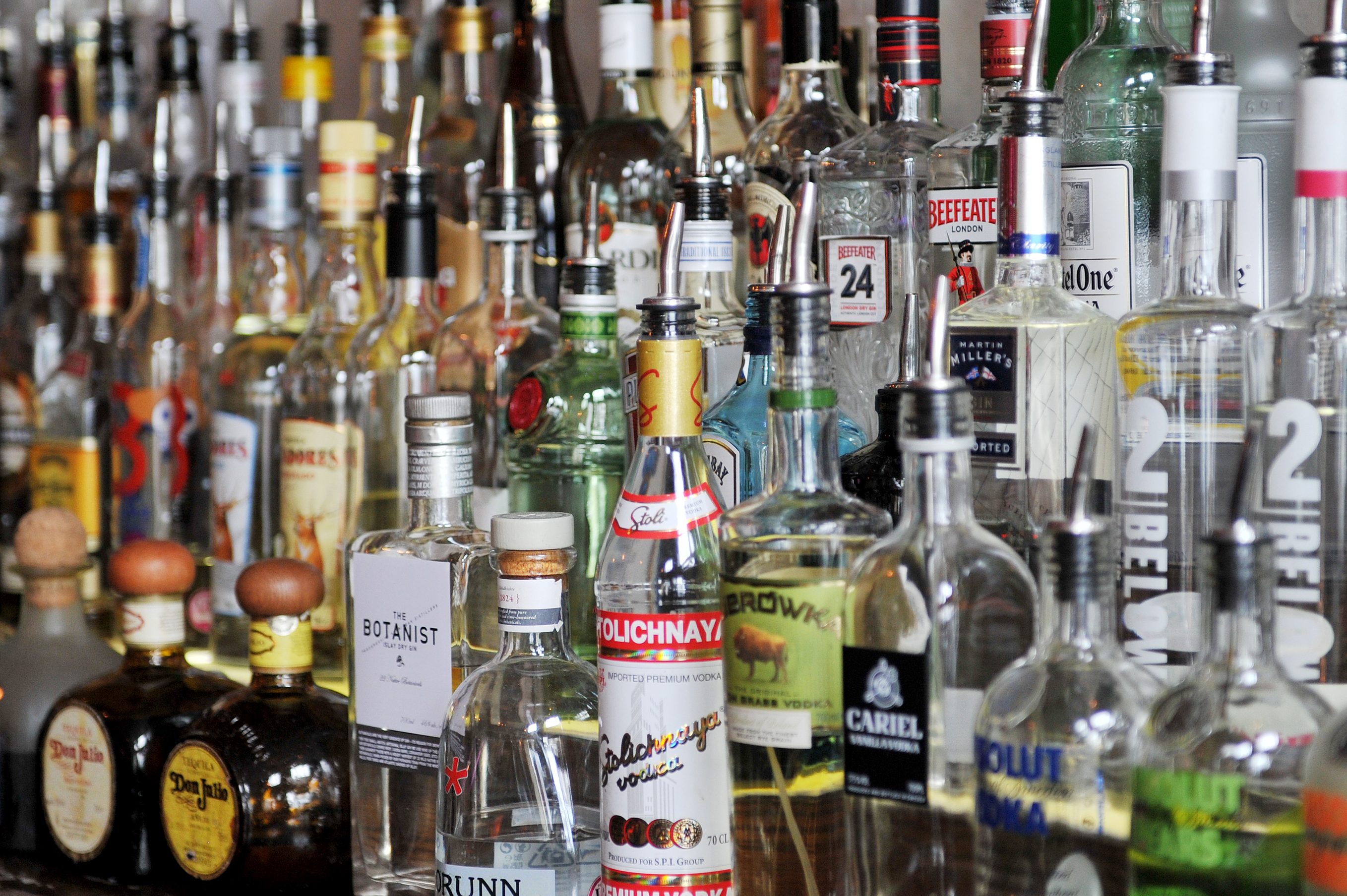Alcohol sales have risen in Scotland for the first time in almost a decade, shock new figures have revealed.
On average, 10.8 litres of pure alcohol was sold per adult in 2015, which is equivalent to 41 bottles of vodka, 116 bottles of wine or 476 pints of beer.
Alcohol sales in Scotland were 20 per cent higher than in England and Wales. Scotland’s Public Health Minister, Aileen Campbell, said the statistics strengthened the case for minimum unit pricing.
Almost three-quarters (74%) of alcohol sold in Scotland was sold in supermarkets and off-licences and more than half of that (51%) was sold at less than 50p per unit, the minimum unit price sought by the Scottish Government.
Ms Campbell said: “Around 22 people a week are dying in Scotland because of alcohol and despite recent reductions; deaths have increased for the last two years.
“Given the link between consumption and harm, and evidence that affordability is one of the drivers of increased consumption, addressing price is essential.”
Dr Mark Robinson, senior public health information manager at NHS Health Scotland, said: “It is concerning that the recent falls in population alcohol consumption have reversed and that off-trade alcohol sales have reached their highest level.
“Trends in the price of alcohol sold by supermarkets and off-licences correspond with trends in the volume of alcohol sold by these retailers. Between 2009 and 2013, the average price of alcohol increased and consumption decreased.
“Since 2013, average price has flattened and consumption has increased. Higher levels of alcohol consumption result in higher levels of alcohol-related harm and these present a substantial public health and economic cost to Scotland.
“Policies that reduce the availability of low priced, high-strength alcohol are the most effective for reducing alcohol-related harms and narrowing health inequalities.”










